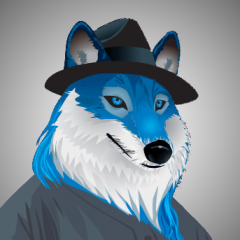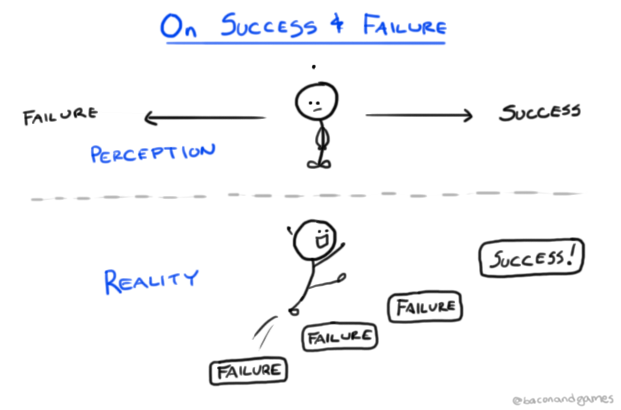This is not the first time I have faced the end of my career as I knew it.
Picture it: the year is 2003. The Matrix Reloaded and Revolution are going to be coming to theaters soon. And on the fifth floor of a nondescript office building, in a tiny room with no windows, sits a tall man in a relaxed pose and a short man looking very uncomfortable.
The short man is telling the taller that he needs to read his required three career improvement books per quarter to continue being employed there. The tall man listens and smiles, laughter bounding in his mind, but only letting a smirk show on his face.
For the last six months the tall man was told to build reusable software for importing email address databases. At no point was it defined how it might be re-used. They even brought a second programmer on the project, fresh out of college with a shiny degree in a frame set against the window at an odd angle, to architect this design. This architect declared the five-tier architecture was the path to reusability. And then proceeded to create separate, duplicate copies of every structure in every tier. Every change needed to be made in five places.
When the completion deadline loomed, the tall man knew the project was doomed. Yet until that last week, he figured it could be saved. But as the day of the deadline arrived, the tall man could not even get out of bed, too sick from worrying himself over the first true failure in his career as a developer.
For four months after being let go, the tall man could not even bear to touch a computer. He was thoroughly sick of them, wanting nothing to do with them. His entire career, almost his entire life was spent around them. Tinkering with them in high school, making games on them in college. And now, he couldn’t touch one, or he would feel the stink and the fear of that last project.
He knew it was time to get serious about his next move. What was he to do? Computer programming was the only thing he ever felt he had a talent for. Grudgingly he contacted a local non-profit organization to see if they might want some help improving their online presence. He wasn’t after money. He was after a measure of making someone happy.
It wasn’t much that he did, but it did make a small difference for them. And they were grateful. The kind of gratitude that didn’t exist at that last job. The kind that he knew was required to keep his sanity if he were to ever work for any purpose ever again.
He set about re-learning the business of game making. When he was hired at that email company they were making games, but their vision had shifted. He was simply riding things out as long as he could, looking around for better opportunities. As it turned out, none came.
So with the strength of his wife’s support and tip of the hat from someone willing to take a chance on him, he began writing the game engine that would restart his career in games.
In truth, I’m hardly starting over at all. I will still be able to bring to bear the talent that God gifted me. My heart goes out to you who are forced to truly start over.


